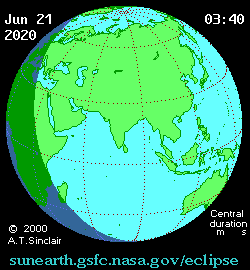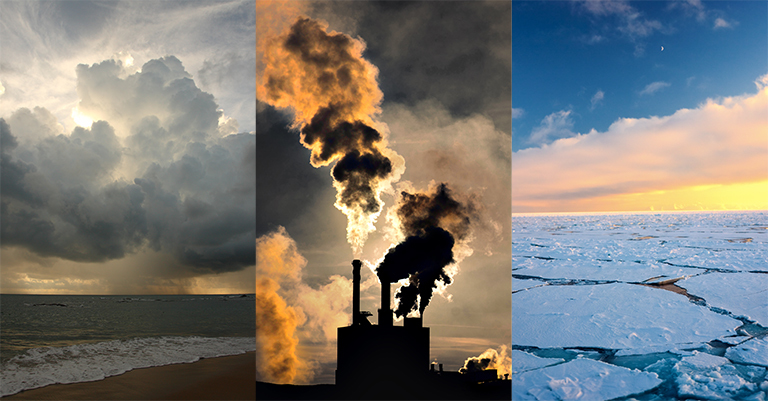Overpopulation means that the population of a place is too high. Never before history, there have been so many people in Earth right now. Overpopulation can also be for organisms too (animals and plants). But, the term "overpopulation" is mostly used for the number of humans living on Earth.
The population of the planet is reaching unsustainable levels as it faces a scarce of resources (water, food, fuel, etc.). Overpopulation is caused by multiple factors; there was a reduced mortality rate, better medical facilities, reduction of precious resources are a few causes in which overpopulation occurs.
According to Wikipedia, “Overpopulation occurs when a species’ population exceeds the carrying capacity of its ecological niche. It can result from an increase in births (fertility rate), a decline in the mortality rate, an increase in immigration, or an unsustainable biome and depletion of resources.”
As of 26 July 2020, the world population is estimated at 7.8 billion.
The numbers have shot up, from 1 billion in 1800, 2.3 billion in 1940, 3.7 billion in 1970, and 7.7 billion in 2020.
The world's annual growth rate of the world's population has reached to 2.2% in the 1960s, according to U.S. Census Bureau 2010. At that time, overpopulation was born. It turns out that high birth rates and the population explosion are not permanent features for some countries and cultures, but there was a four-step process the whole world is going through, 'The Demographic Transition'. Most developed countries have already followed the transition, while some countries are working on it right
now.
Back in the 18th century, when the entire world, was in the first stage of the demographic transition.
 |
| Natural world population growth, 1950 to 2040 Max Roser / CC BY-SA Credit: https://ourworldindata.org/grapher/ |
It took developed countries around 80 years to reduce fertility from more than 6 children to less than 3. Some others are catching up fast, Malaysia and South Africa did that in 34 years, Bangladesh just took 20 years, whilst Iran managed it in just only 10 years.
We are getting there, the percentage of people living in extreme poverty has been never been as low as today. So, the future of population growth is not an apocalyptic prediction.
The 2019 forecast from the UN's Population Division shows that the world population growth peaked 2.1% in 1962, then has since dropped to 1.0%, and could further to 0.1% by 2100, a growth rate has not seen after the pre-industrial revolution days.
 |
| World Population Growth Max Roser / CC BY-SA Credit: https://ourworldindata.org/world-population-growth |
The UN Population Division expects world population, at 7.8 billion (2020), to level out or smooth at/or soon after the end of the 21st century at 10.9 billion (median line).
About 2⁄3 of the predicted growth in population between 2020 and 2050 will take place in Africa.
Population growth will come to an end. UN forecasts that the 12th billionth human will never be born. As the development level of the world rises, the number of people a higher education will increase ten times more.
References:
- https://simple.wikipedia.org/wiki/Overpopulation
- https://www.youtube.com/watch?v=QsBT5EQt348
- https://www.conserve-energy-future.com/15-current-environmental-problems.php
- https://www.conserve-energy-future.com/causes-effects-solutions-of-overpopulation.php
- https://www.ncbi.nlm.nih.gov/pmc/articles/PMC3777609/
- https://www.worldometers.info/world-population/
- https://en.wikipedia.org/wiki/Projections_of_population_growth



















![This graph, based on the comparison of atmospheric samples contained in ice cores and more recent direct measurements, provides evidence that atmospheric CO2 has increased since the Industrial Revolution. (Source: [[LINK||http://www.ncdc.noaa.gov/paleo/icecore/||NOAA]])](https://climate.nasa.gov/system/content_pages/main_images/203_co2-graph-021116.jpeg)

